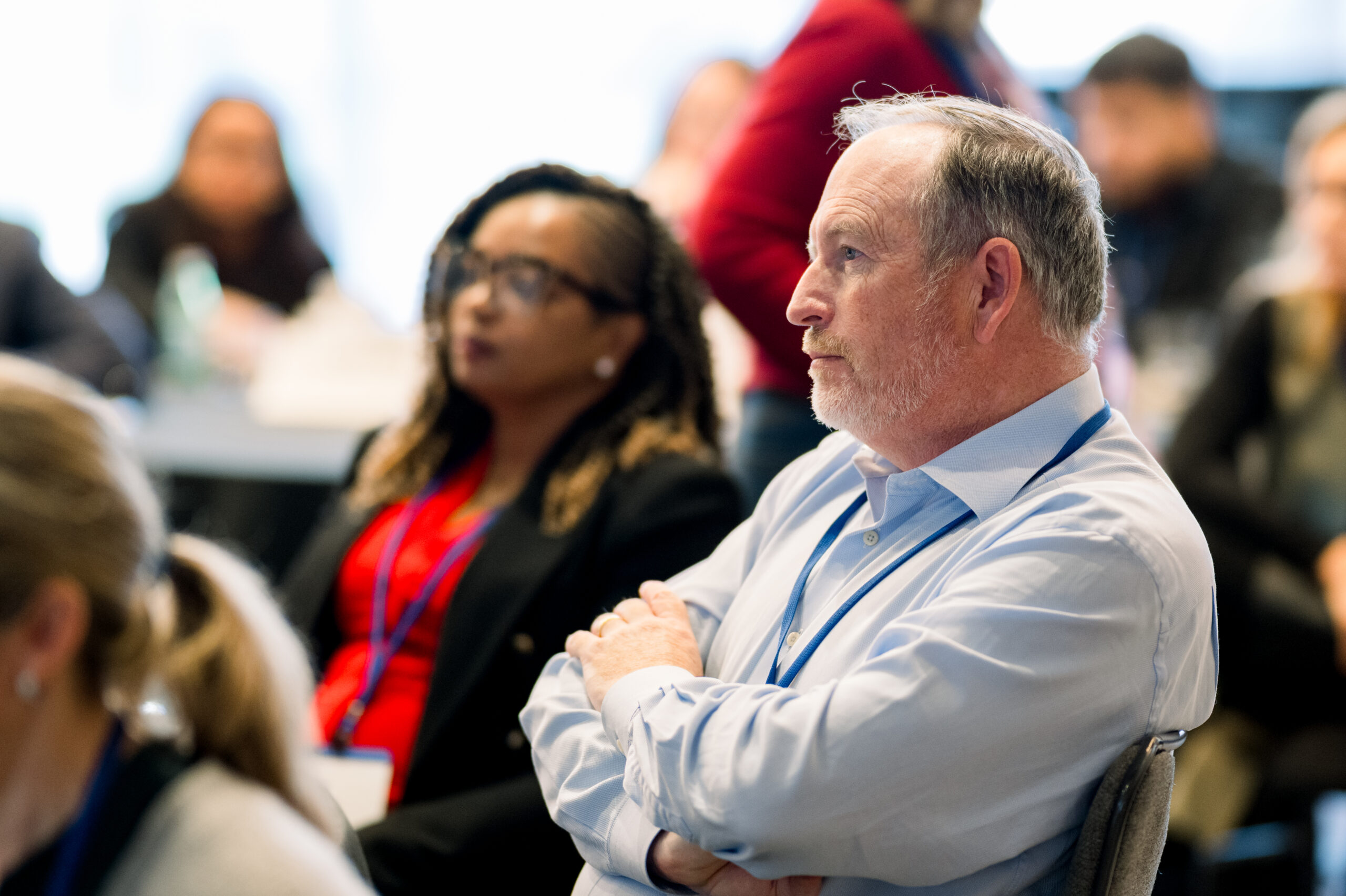The Future of Labor: Rethinking the Playbook


By Mara Riemer, Hannah-Page Salisbury, and Bri Murphy — Brunswick Group
In 2025, the labor landscape is undergoing a seismic shift. According to Brunswick Group’s latest research, the traditional playbook for engaging working-class workers—especially younger ones—is rapidly becoming obsolete. Based on in-depth interviews with labor experts, union leaders, corporate executives, and academics, our report paints a picture of a workforce that is not disengaged, but rather “over-engaged” in ways that challenge conventional structures.
Younger workers are rewriting the rules of employment. Flexibility, autonomy, and purpose now outweigh the once-sacrosanct ideals of job security and long-term career paths. The rise of side hustles and gig work has made the 40-hour, clock-in clock-out workweek feel outdated. This shift poses a direct challenge to union models built around full-time employment as the gateway to benefits and middle-class stability.
What’s more, traditional metrics of engagement no longer capture the full picture. Today’s workers express their commitment through digital activism, social media participation, and alignment with company values. These new signals demand a rethinking of how organizations measure and respond to employee sentiment.
One of the most striking insights we gleaned from the interviews is the concept of the “voice gap”—the difference between the influence workers want and the influence they feel they have. Workers are demanding more say in decisions that affect their daily lives, from compensation and scheduling to the adoption of new innovations and AI-based technologies.
Participatory structures like joint labor-management teams and technology councils are gaining traction as promising solutions. These models offer a way to bridge the voice gap and foster a more collaborative, responsive workplace culture.
For younger workers, mentorship and clear advancement pathways are essential. In unionized and blue-collar settings, these programs can be the difference between strong retention and high turnover. However, structural barriers—such as language differences, transportation challenges, and rigid scheduling—often limit access to training and development opportunities. Addressing these barriers is critical to building a more inclusive and future-ready workforce.
Unions themselves are grappling with how to stay relevant. Younger members bring different expectations, communication styles, and motivations to the table. They want faster results and more direct influence—an approach that often clashes with the slower, hierarchical nature of traditional union processes.
Moreover, workers are now organizing for different reasons than years past. While wages and benefits remain important, many are also driven by broader social and ideological goals. Understanding these motivations is key to crafting contracts and engagement strategies that resonate.
There’s a growing call for new models of representation—more agile, responsive, and aligned with the realities of today’s workforce. Work councils, tech participation groups, and hybrid structures may offer a path forward.
As AI and automation reshape industries, workers are demanding a seat at the table. They want to be involved early in the design and deployment of new technologies—not just treated as passive recipients. In sectors like hospitality, negotiations are already underway to secure severance and retraining protections in anticipation of tech and AI-driven job changes.
Handled well, new technology can be a tool for empowerment. Handled poorly, it can deepen mistrust and resistance. The difference lies in whether companies treat workers as partners in innovation or as obstacles to efficiency.
To thrive in this new era, companies must rethink their approach to labor relations. Brunswick’s findings offer a clear set of do’s and don’ts:
| Do: | Don’t: |
| — Redefine engagement to reflect modern behaviors. — Create participatory structures to close the voice gap. — Invest in mentorship and advancement pathways. — Involve workers early in tech adoption. — Educate HR and leadership on collective engagement. |
— Rely on outdated metrics like overtime or office presence. — Assume disengagement—many workers are highly engaged in nontraditional ways. — Treat technology adoption as a top-down process. — Overlook structural barriers to participation. — Assume traditional union models will resonate. |
The labor movement isn’t fading—it’s transforming. Today’s workers are more vocal, values-driven, and technologically savvy than ever before. For employers, the challenge is not just to keep up, but to lead with empathy, agility, and a willingness to co-create the future of work.

Industrial flex space has become a quiet favorite among sophisticated investors seeking durable income backed by real business demand. If...

Getting an inheritance is the epitome of a mixed blessing. You receive a financial windfall, but the cause is the...

During his tenure as the California Secretary of Health and Human Services, Mike Wilkening cemented his reputation as a steady...